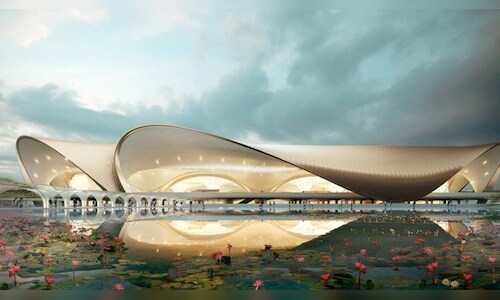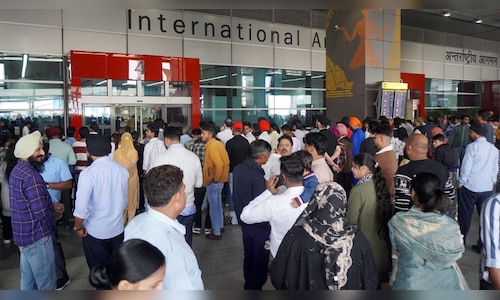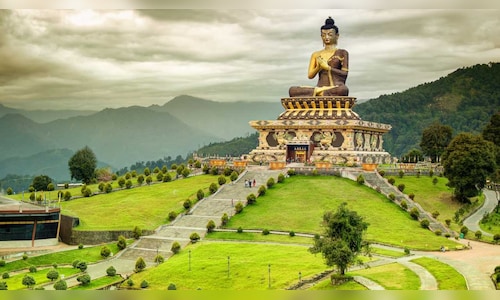The Navi Mumbai International Airport covers an area of 1,160 hectares, NMIA is being developed in five phases. In its first phase, it is designed to handle 20 million passengers and nearly 1 million tonnes of cargo annually. See pics inside.
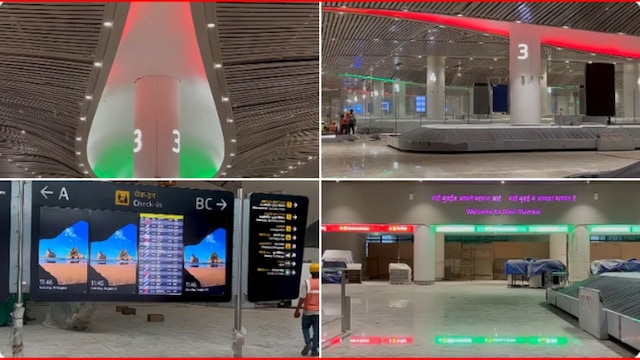
 1 / 5
1 / 5The much-anticipated Navi Mumbai International Airport (NMIA code — NMI) is set to be inaugurated by Prime Minister Narendra Modi on September 30, which will decongest the Chhatrapati Shivaji Maharaj International Airport (CSMIA) in Andheri and become the second international airport of the financial capital marking a significant milestone in India’s aviation infrastructure. (Via Twitter)
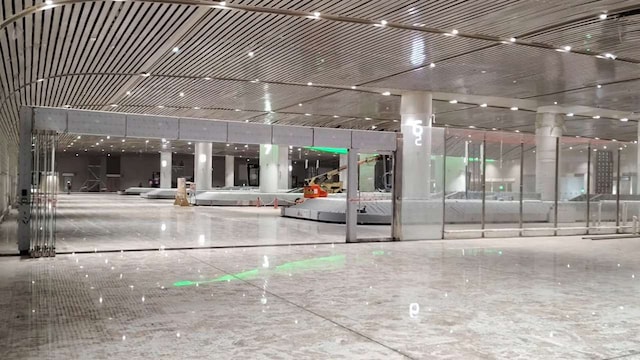
 2 / 5
2 / 5The first images of the airport have surfaced online, drawing widespread attention online for its state-of-the-art architecture and modern design. The visuals showcase expansive terminals, contemporary architecture, and top amenities. The airport’s design, which takes inspiration from India’s national flower, the lotus, features high ceilings, wide spacious check-in areas, and sleek glass facades and a blend of aesthetic appeal and functionality has led many to describe it as an architectural marvel.
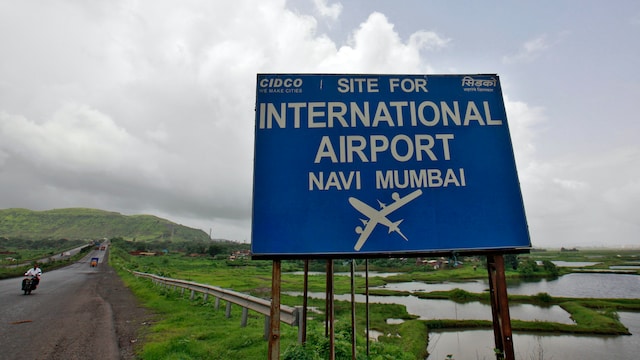
 3 / 5
3 / 5Located in Ulwe, near Panvel, NMIA will become Mumbai’s second international airport after and is intended to ease congestion at CSMIA and serve as a premium alternative for air travel to and from the Mumbai Metropolitan Region. Once operational, the airport will support growing passenger demand and facilitate smoother air traffic flow in and out of the city. (Image: Reuters)
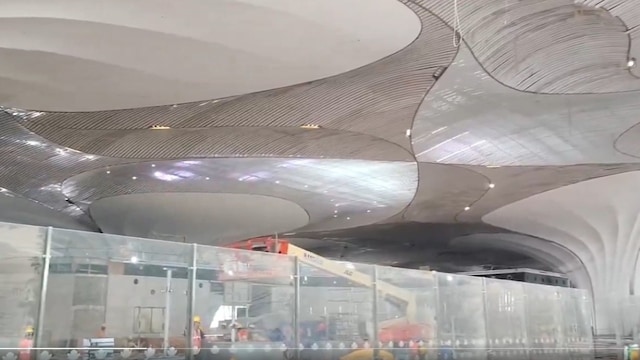
 4 / 5
4 / 5The airport is around 10 minutes away from Panvel and will be accessible via multiple modes of transport including roadways, the suburban railway network, and metro lines. NMIA will be connected to Navi Mumbai Metro Line 1 and the upcoming Mumbai Metro Line 8 (Gold Line). According to reports, Akasa Air is expected to be the first carrier to begin operations from NMIA, with commercial flights likely to commence shortly after the inauguration.
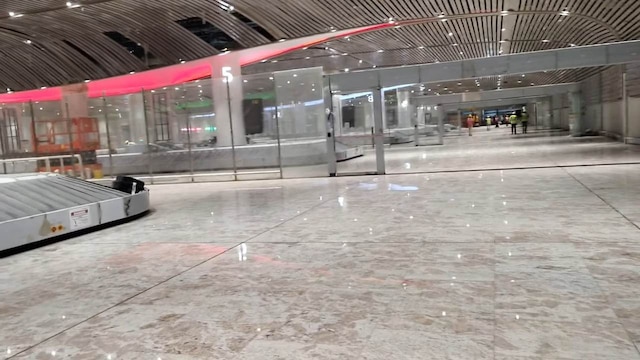
 5 / 5
5 / 5Covering an area of 1,160 hectares, NMIA is being developed in five phases. In its first phase, it is designed to handle 20 million passengers and nearly 1 million tonnes of cargo annually. By 2032, the airport is projected to operate four terminals with a combined capacity to handle up to 90 million passengers per year. Once both NMIA and CSMIA are fully functional with their respective runways, Mumbai will be able to manage between 145 and 150 million passengers annually. (Via Twitter)


